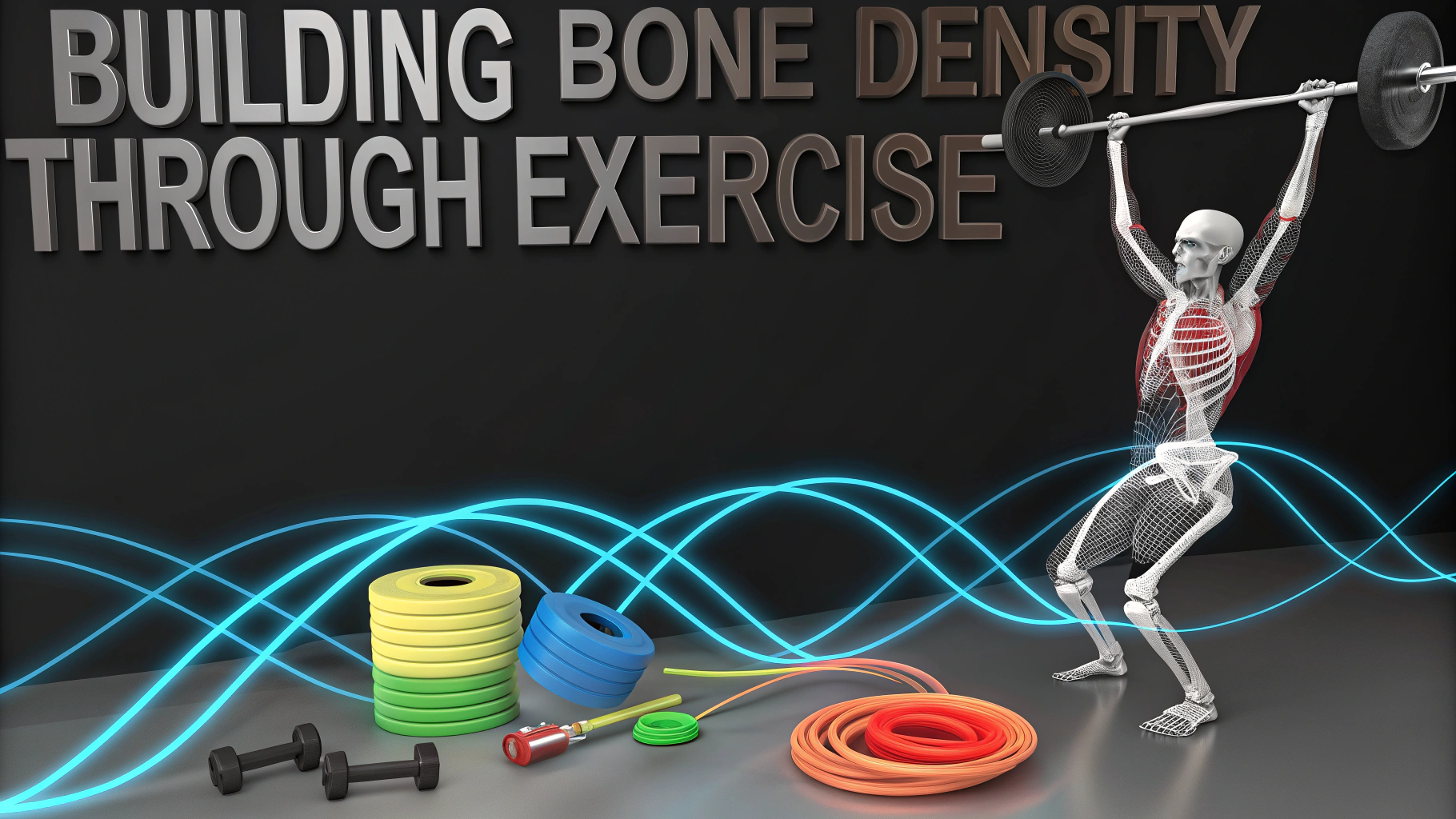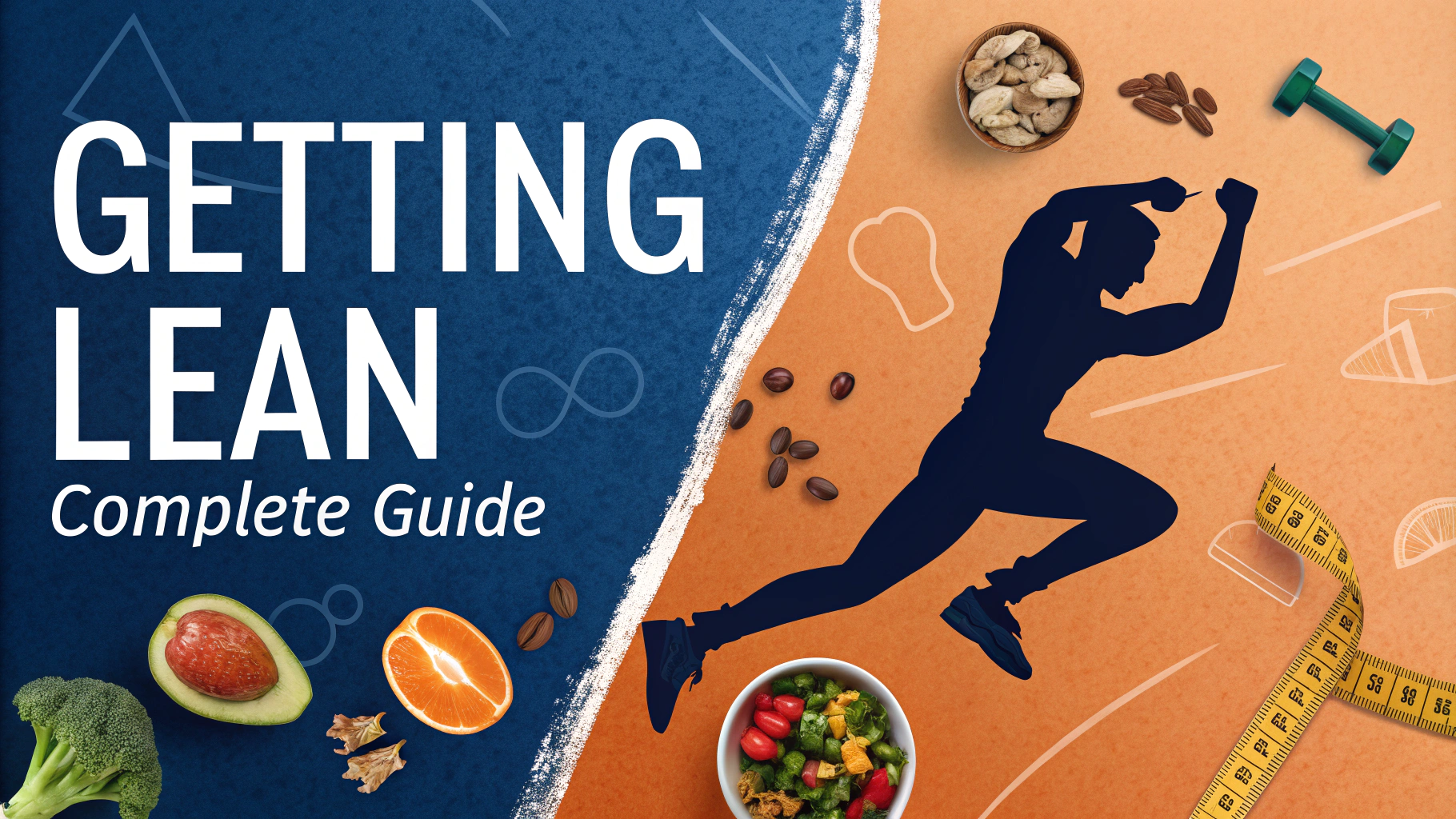Getting back to fitness after pregnancy requires patience, proper guidance, and a well-planned approach to ensure safe and effective recovery.
Safety First: When to Start
Always get clearance from your healthcare provider before starting any post-pregnancy exercise routine, typically 6-8 weeks after delivery for vaginal births and 8-12 weeks for C-sections.
Initial Recovery Phase (0-6 weeks)
- Focus on gentle walking
- Practice deep breathing exercises
- Perform basic pelvic floor exercises
- Get adequate rest between activities
Core Recovery Exercises
Start with these gentle exercises to rebuild core strength:
- Pelvic tilts
- Modified bridges
- Gentle cat-cow stretches
- Diaphragmatic breathing
Common Issues to Watch For
- Diastasis recti (abdominal separation)
- Pelvic floor weakness
- Lower back pain
- Joint instability
Nutrition for Recovery
| Nutrient | Sources | Benefits |
|---|---|---|
| Protein | Lean meat, fish, eggs | Muscle recovery |
| Iron | Leafy greens, red meat | Energy levels |
| Calcium | Dairy, fortified foods | Bone strength |
Progressive Exercise Plan
Week 6-12 (with medical clearance):
- 15-20 minute walks
- Basic strength training with bodyweight
- Swimming or water aerobics
- Modified yoga poses
Week 12+ (if feeling strong):
- 30-minute cardio sessions
- Light weight training
- Prenatal yoga classes
- Low-impact aerobics
Professional Support
Consider working with these specialists:
- Physical therapist specializing in women’s health
- Post-natal fitness trainer
- Pelvic floor specialist
Signs to Stop Exercise
- Excessive bleeding or discharge
- Sharp pain anywhere in the body
- Dizziness or shortness of breath
- Headache or chest pain
Remember that every woman’s post-pregnancy recovery journey is different, and progress should be measured against your own baseline, not others’.
For specific medical concerns, contact your healthcare provider or find a women’s health specialist through the Office on Women’s Health Directory.
Building Sustainable Fitness Habits
- Set realistic weekly goals
- Track progress in a fitness journal
- Find workout times that fit your baby’s schedule
- Join mom-and-baby fitness classes
Recommended Equipment
- Resistance bands for gentle strength training
- Supportive athletic shoes
- Post-pregnancy support belt
- Exercise mat for floor work
Mental Health Benefits
- Reduced postpartum depression risk
- Improved sleep quality
- Increased energy levels
- Enhanced mood stability
Long-term Goals (6+ Months)
Strength Training
- Gradual weight progression
- Functional movement patterns
- Core stability exercises
- Full-body workouts
Cardiovascular Fitness
- 45-60 minute sessions
- Mixed intensity workouts
- Sports activities
- Group fitness classes
Conclusion
Post-pregnancy fitness is a gradual journey that requires patience and consistency. Focus on building a strong foundation through proper form, adequate rest, and appropriate progression. Listen to your body, celebrate small victories, and remember that sustainable results come from balanced, mindful approaches to exercise and nutrition.
Success in postpartum fitness isn’t just about returning to pre-pregnancy shape—it’s about building a stronger, healthier version of yourself while caring for your new baby. Stay connected with healthcare providers and fitness professionals throughout your journey to ensure safe and effective progress.
FAQs
- When can I safely start exercising after giving birth?
For vaginal births, light exercises can typically begin 2-3 weeks postpartum with doctor’s approval. For C-sections, wait 6-8 weeks and get medical clearance. Start with gentle walking and pelvic floor exercises before progressing to more intense activities. - How can I safely strengthen my core after pregnancy?
Begin with gentle pelvic tilts and breathing exercises, progressing to modified planks and bridges. Avoid traditional crunches initially, as they can worsen diastasis recti. Focus on deep core activation and transverse abdominis exercises. - What are the signs that I’m pushing too hard in my postpartum workouts?
Watch for increased bleeding, pain, or discomfort in the pelvic area, excessive fatigue, urine leakage, and feelings of heaviness in the perineum. These symptoms indicate you need to scale back exercise intensity. - How does breastfeeding affect my exercise and nutrition needs?
Breastfeeding mothers need an additional 300-500 calories daily and should stay well-hydrated. Intense exercise can affect milk supply, so moderate activity is recommended. Nurse before exercising for comfort. - What exercises should I avoid in early postpartum recovery?
Avoid high-impact activities, heavy lifting, intense cardio, and exercises that create excessive intra-abdominal pressure. Skip movements that cause pain or discomfort in the pelvic floor or abdominal area. - How can I check if I have diastasis recti?
Lie on your back with knees bent, lift your head slightly, and check for a gap or bulge between your abdominal muscles. A separation wider than two finger-widths indicates diastasis recti. Consult a physical therapist for proper assessment. - What are the best foods to support postpartum recovery and energy?
Focus on protein-rich foods, whole grains, fruits, vegetables, and healthy fats. Include iron-rich foods like lean meats and leafy greens, especially if recovering from blood loss. Stay hydrated with water and nutrient-rich beverages. - When can I return to running after pregnancy?
Most experts recommend waiting at least 12 weeks postpartum, with clearance from a healthcare provider. Ensure pelvic floor strength and core stability before returning to running. Start gradually with walk-run intervals. - How long will it take for my body to return to its pre-pregnancy state?
Recovery varies individually, but typically takes 6-12 months. Focus on gradual progress rather than rapid results. Factors like sleep, nutrition, stress, and exercise consistency all affect recovery time. - Should I wear a postpartum support belt during exercise?
Support belts can be helpful during early postpartum recovery, particularly for C-section healing and diastasis recti. However, don’t rely on them long-term as this may prevent proper core muscle engagement.








